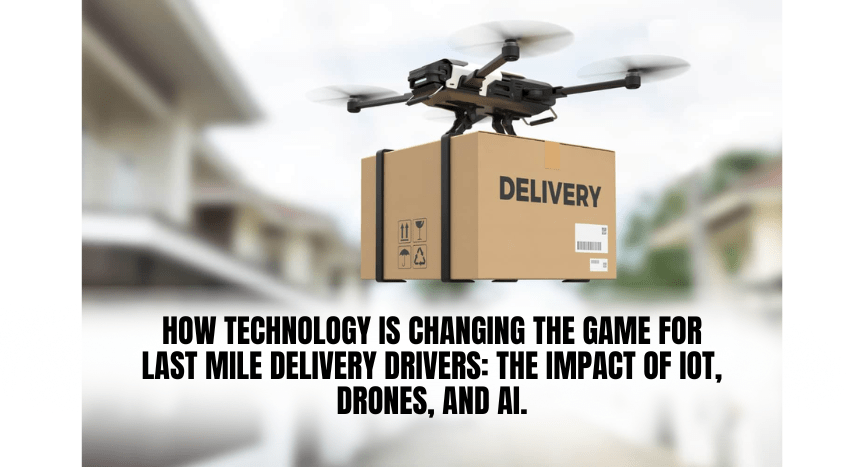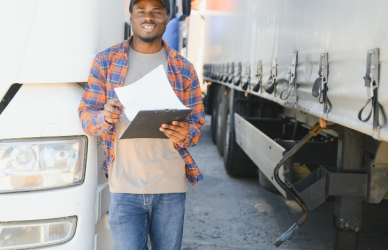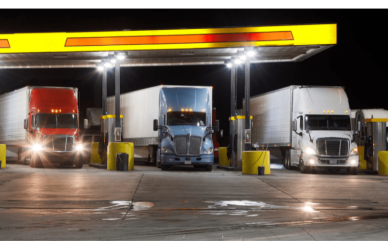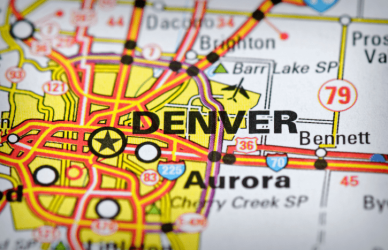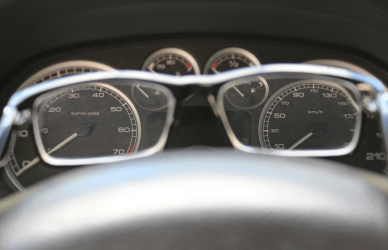Delivering packages isn’t just about getting from point A to point B anymore. For last mile delivery drivers, today’s workday looks vastly different than it did even a few years ago, thanks to a new wave of smart technology. In 2025, delivery professionals are relying on digital tools like the Internet of Things (IoT), drones, and artificial intelligence (AI) to deal with challenges that used to slow them down or pile on stress. Here’s a direct look at how these advances are shaping real-life delivery jobs right now.
Why the Last Mile Needs a Tech Overhaul
Speedy, accurate delivery is what customers expect—especially with the explosion of online shopping. But for drivers, this “last mile” is the trickiest and most expensive part of the supply chain, sometimes making up over half of total delivery costs. It’s a world of traffic jams, parking headaches, and impatient customers.
Tech companies and logistics leaders see massive potential for improvement. The global autonomous last mile delivery market is already valued in the tens of billions, and big names are investing heavily to find smart solutions.
- IoT: The Delivery Driver’s New Best Friend
Remember when finding a lost package meant hours on the phone and hunting through a van? Not anymore. Thanks to IoT devices, drivers can now track each parcel from the warehouse to a customer’s front step.
- GPS Tracking & Sensors: These gadgets update location and status in real time. Lost packages? A thing of the past. Now, both drivers and customers can see exactly where a delivery stands.
- Vehicle Health Monitoring: Tiny sensors track everything from tire pressure to engine health. Any maintenance issues, and drivers get a heads-up before problems cause a breakdown.
- Route Adjustments on the Fly: Real-time data streams mean drivers can reroute instantly to avoid a traffic snarl or weather delay—cutting time and fuel costs.
IoT doesn’t just make the job easier; it helps drivers hit their targets and keep anxious customers in the loop.
- Drones & Self-Driving Vehicles: The Future’s Already Here
What sounded like science fiction a decade ago is now hitting neighborhoods across the U.S.
- Delivery Drones: These small, unmanned aircraft drop off lightweight packages quickly, soaring over traffic and covering hard-to-reach areas. Companies like Walmart have already completed thousands of fast, reliable drone deliveries.
- Autonomous Delivery Vans & Robots: Pilot programs roll out new vehicles that either assist drivers or take over simple routes completely. In some spots, small robots handle door-to-door drop-offs, freeing drivers to focus on more complex jobs.
Even if drones and robots aren’t replacing drivers, they’re valuable teammates, helping handle volume spikes or remote areas with speed and efficiency.
- AI: Deliveries Made Smarter
AI is rapidly becoming the brains behind logistics.
- Smarter Routing: AI analyzes traffic, weather, and historical patterns to propose optimal routes every day. Deliveries get faster and more predictable.
- Demand Forecasting: AI tools predict when and where customers will order, which helps drivers and managers plan ahead and avoid bottlenecks.
- Proactive Problem Solving: AI can spot delivery risks—like likely package theft, misaddressed orders, or late-arriving shipments—before they become real problems.
According to supply chain experts, more than half of logistics operations are now using AI in their everyday routines, and it’s leading to faster deliveries, happier customers, and easier shifts for drivers.
What Does This Mean for Delivery Drivers?
- Less Guesswork: No more blind spots. With IoT and AI, drivers know exactly what’s ahead—whether it’s a traffic jam or a rainstorm.
- Higher Efficiency (and Possibly More Tips): Smart routing and faster updates help get more done each day. That often means higher earnings and happier customers.
- New Skills Required: As drones and autonomous vehicles enter the mix, drivers learn to work alongside advanced tech—sometimes training for new types of roles or earning new licenses.
- Improved Safety: Maintenance alerts, safety suggestions, and minimized downtime mean fewer hazards on the road.
The Bottom Line
Technology isn’t replacing last mile delivery drivers—it’s making the job better, safer, and more rewarding. If you’re a delivery pro today, staying up to date with the latest gadgets and apps is one of the best ways to make your work smoother and your day less stressful. From real-time tracking to flying robots, the landscape is changing fast—but those ready to adapt have more opportunity than ever before.


